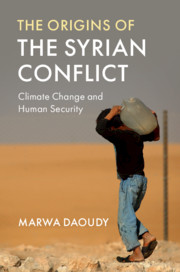This article is a historical examination of the use of photography in the informational and fundraising strategies of humanitarian organizations. Drawing on archival research and recent scholarship, it shows that the figure of the dead or suffering child has been a centrepiece of humanitarian campaigns for over a century and suggests that in earlier eras too, such photos, under certain conditions, could “go viral” and achieve iconic status. Opening with last year's photo campaign involving the case of 3-year-old Syrian refugee Alan Kurdi, whose body washed up on a Turkish beach near Bodrum in early September 2015, the article draws on select historical examples to explore continuities and ruptures in the narrative framing and emotional address of photos depicting dead or suffering children, and in the ethically and politically charged decisions by NGO actors and the media to publish and distribute such images. We propose that today, as in the past, the relationship between media and humanitarian NGOs remains symbiotic despite contemporary claims about the revolutionary role of new visual technologies and social media.


